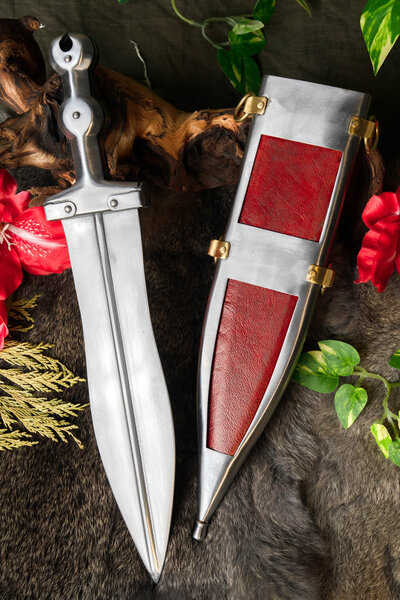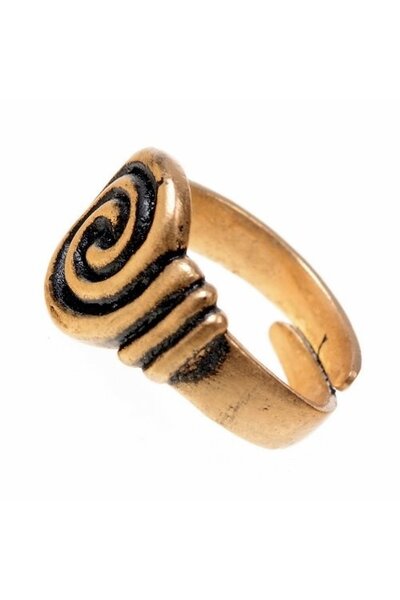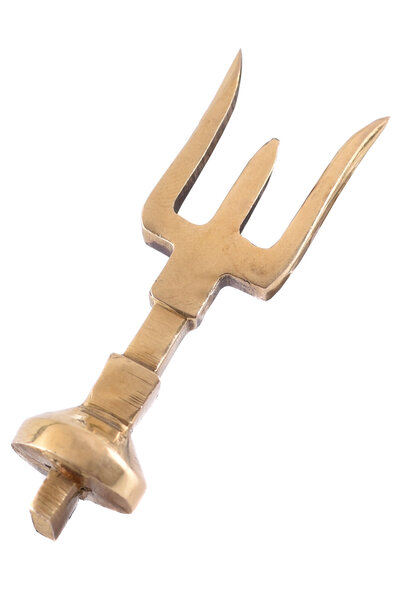Product description
This dagger is a replica of an original from the 1st century AD found in Pompeii. Pugiones like this were used all over the Roman Empire, but they weren't part of the standard equipment of the legionair. Roman soldiers probably bought them as a private property.
This pugio is made of carbon steel and has the typical shapes of a pugio from the period of Emperor Augustus, 1st century AD and 2nd half of the 2nd century AD. This dagger comes with an iron scabbard that is made after an original found in the Rhineland. The pugio is 34,5 cm long, with a blade of 22 cm long. It weighs 700 grams.
Product details:
Length: 34.5 cm;
Blade length: 22 cm;
Grip length: 12.5 cm;
Weight: 700 g ;
Steel type: EN45 carbon steel hardness 48 HRC.;
Edge: semi-sharp;
Tang construction: full tang construction;
Based on a historic original: yes;
Transport weight: 1000 *
This item is produced in limited quantities only. This means that every piece is unique. Sizes & finish may vary lightly from piece to piece.
We do not sell this product to customers under the age of 18. Click here for more information on the European arms acts.
Tip: How to adjust the finish of your armour and weaponry
Luxurious (polished)- polish the steel with metal polish or toothpaste. You can even give the item a mirror-like polish. Test on a small surface first!
Handmade (matte)- soak the steel in cola for 40 minutes to 20 hours. Check regularly and treat with black sandpaper.
Antique (patinated) leave the steel to rust for some time in a damp environment, preferably outside. Remove the red layer of rust, to reveal the corroded top layer.
Please note. After finishing the product yourself, the warranty and return right expire. Celtic WebMerchant is not responsible for the obtained result.
Packaged with 100% recycled material
When packaging this item, we exclusively use 100% recycled plastic and recycled paper/cardboard from FSC certified forests. We reuse a large part of the material directly without the intervention of a recycling process.
Recycle the material by separating your waste:
1. Cardboard: separate or reuse your paper.
2. Plastic cushions, clothing bags and plastic tape: separate or reuse your plastic. If possible, pierce the cushions with a volume reduction needle.
3. Paper packaging for jewelry and small items: these have a plastic inner layer. Remove these, then separate your paper and plastic.















